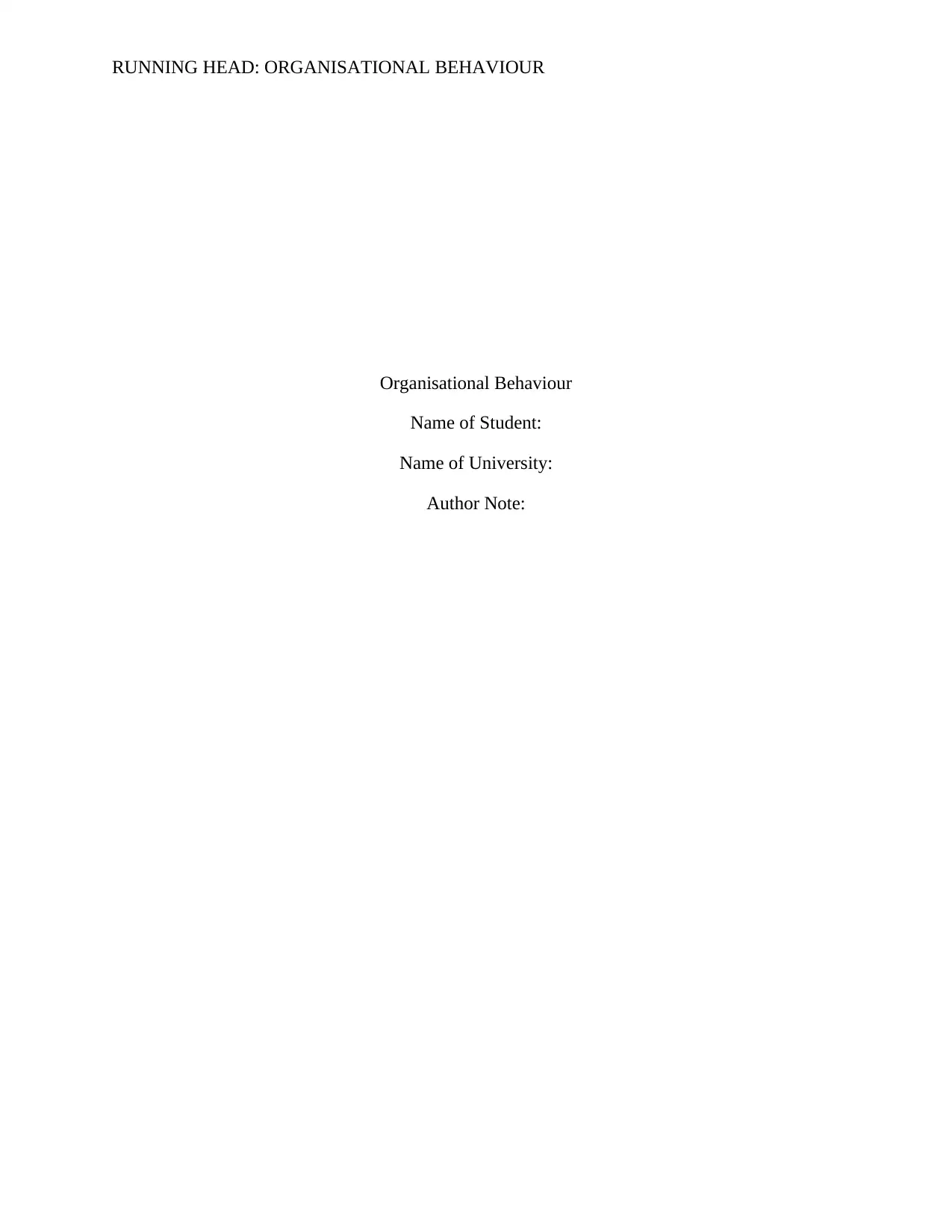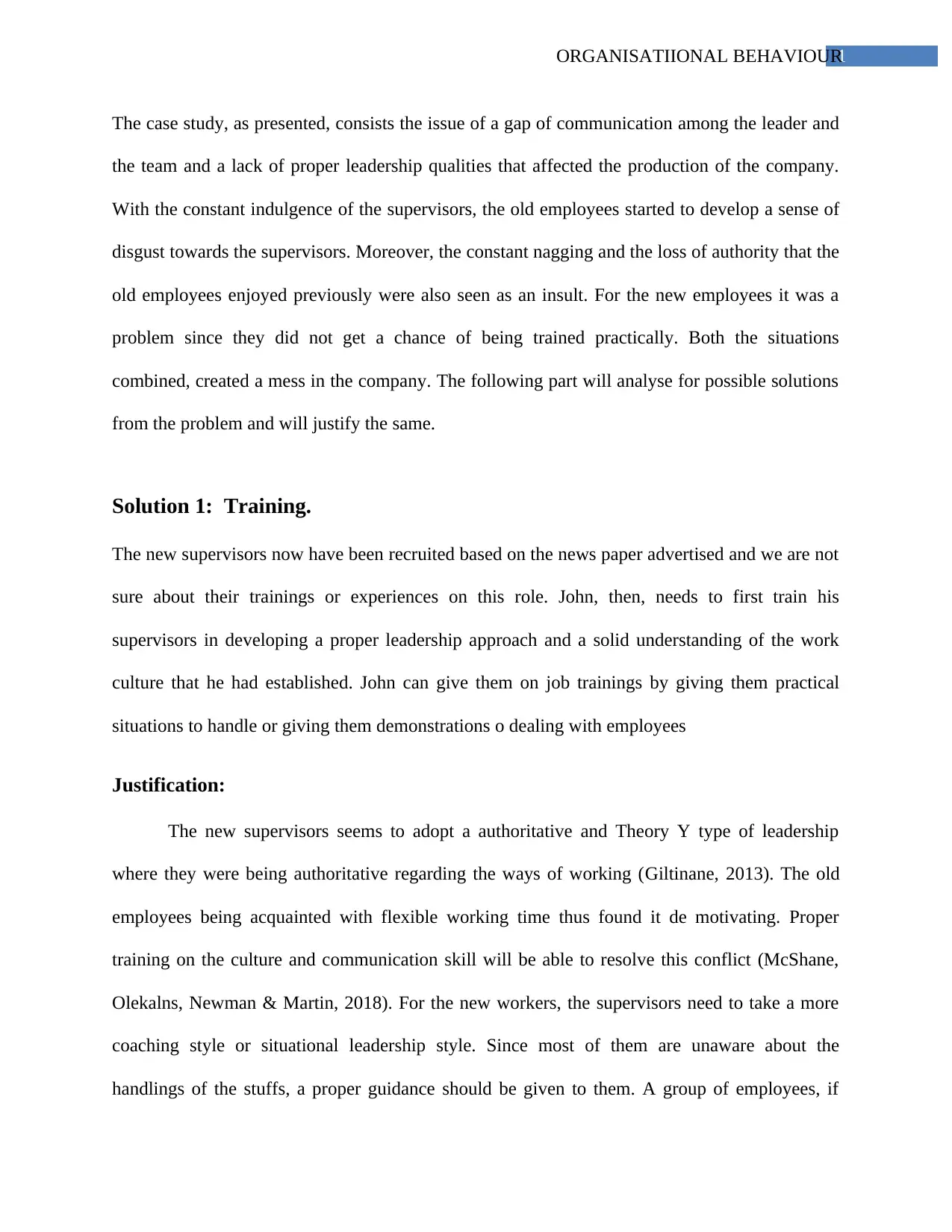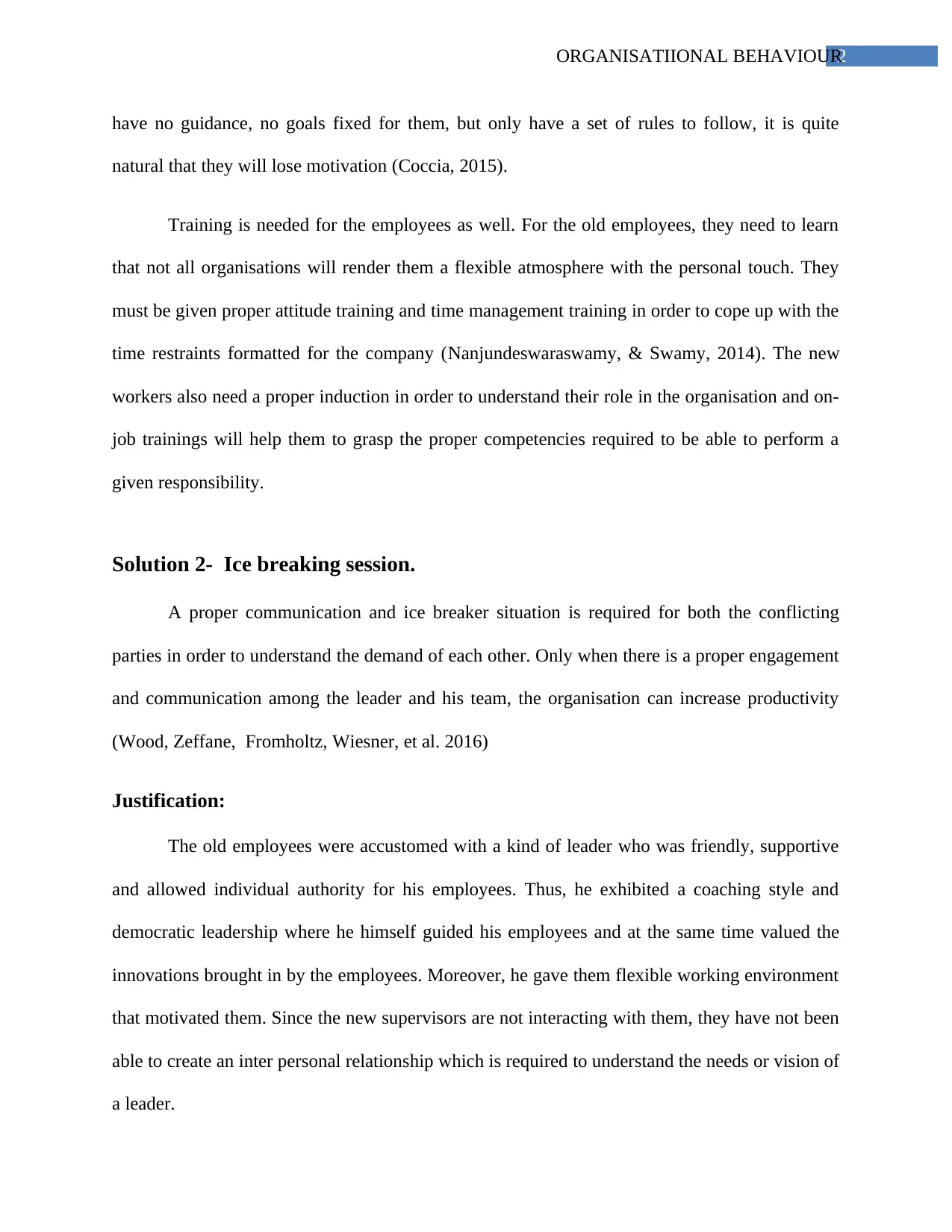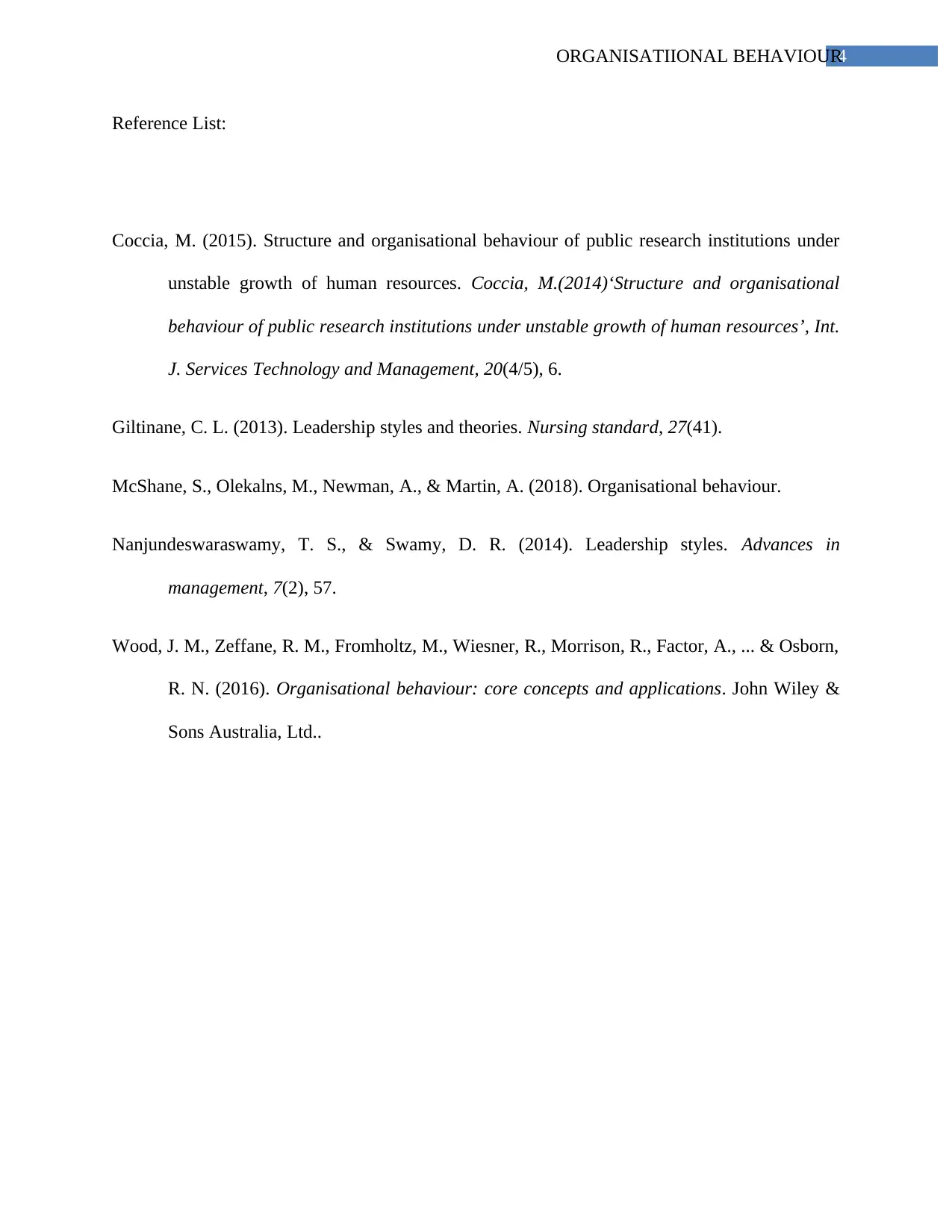Leadership and Communication Issues in Green Acres Case Study
VerifiedAdded on 2022/09/07
|5
|849
|18
Case Study
AI Summary
This case study examines the Green Acres Landscaping company, which experienced challenges after expanding its workforce. The initial success, characterized by a relaxed work environment and strong employee relations under the original owner, deteriorated with the introduction of new supervisors and a more rigid management style. This shift led to communication gaps, demotivation among long-term employees, and inadequate training for new hires. The analysis identifies the core issues as a lack of effective leadership, insufficient training, and poor communication. Proposed solutions include providing leadership and communication skills training for supervisors, fostering a better understanding of the company culture, and implementing ice-breaking sessions to improve interpersonal relationships between supervisors and employees. The case emphasizes the need for a balance between structure and flexibility, highlighting the impact of leadership styles on employee morale and productivity.
1 out of 5











![[object Object]](/_next/static/media/star-bottom.7253800d.svg)